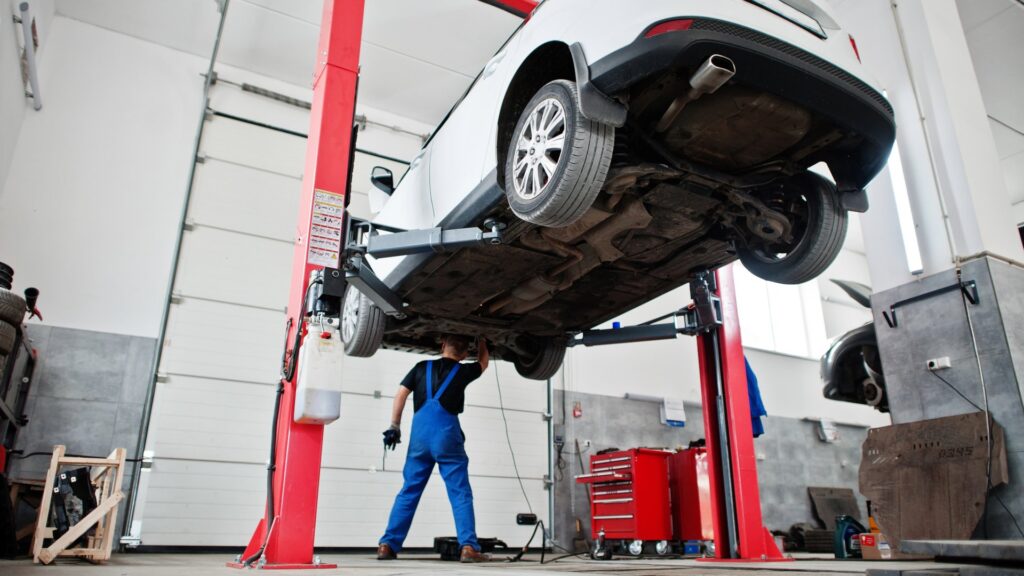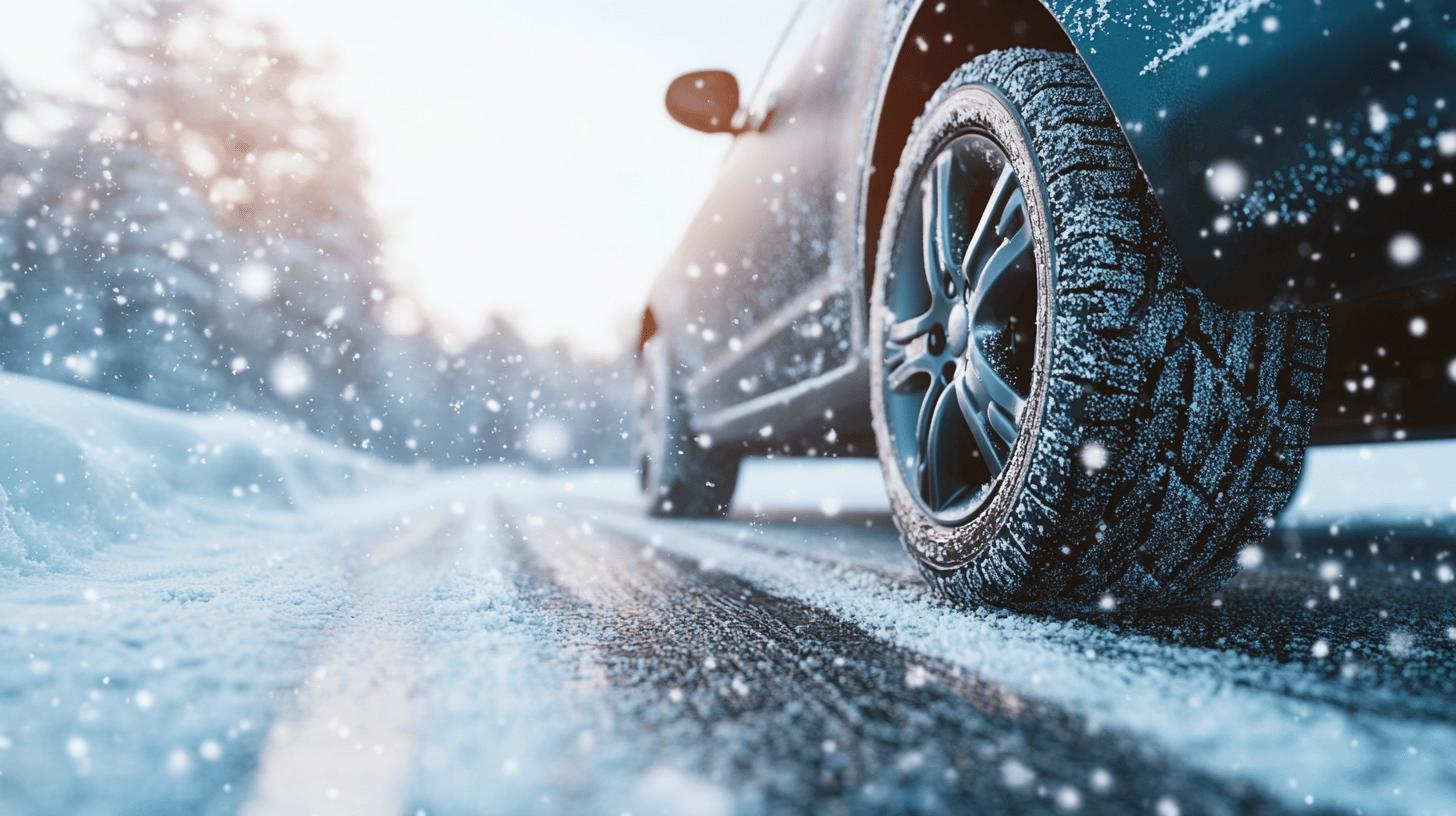Think you know everything about driving? Think again! Some so-called facts are actually myths that have persisted for years. These misconceptions, from steering positions to fuel savings, can shape how we drive without us realising their impact. In “Fact or Fiction: Busted Driving Myths Revealed,” we dive into the origins and truths behind these widespread beliefs. Discover how factual information can transform your driving habits, improving safety, efficiency, and understanding of road rules. Unlearning these myths might just make you a better, more informed driver. Let’s separate fact from fiction and discover the realities of the road.
Common Driving Myths and Their Origins
Driving myths often originate from outdated practices or misinterpretations of driving advice. For instance, the “10 and 2” hand position on the steering wheel was once taught due to older vehicle designs and the absence of airbags, which made it seem like the safest option. However, as technology advanced, the airbag deployment mechanism changed, making the “9 and 3” position safer to reduce injury risk during airbag deployment. Similarly, misconceptions about car colours, such as the idea that red cars are more frequently stopped by police, likely stem from the visibility and association of the colour red with speed and attention-grabbing. Additionally, beliefs about fuel efficiency have lingered from times when vehicle designs and aerodynamics were less understood.
- Steering Positions: The “10 and 2” position is outdated; “9 and 3” is now recommended for safety with modern airbags.
- Car Colours: The belief that red cars are more likely to be stopped by police is unfounded; no data supports this claim.
- Fuel Efficiency: Driving with windows down is less efficient than using air conditioning at high speeds due to increased drag.
These myths persist due to a combination of tradition, anecdotal evidence, and resistance to change. As driving techniques are passed down through generations, outdated advice can be perpetuated, leading to widespread misconceptions. People may also cling to these myths because they provide a sense of familiarity or because they rely on personal experiences rather than statistical data. Misunderstandings about vehicle technology and functionality further contribute to the endurance of these myths, which can influence driving behaviours, sometimes leading drivers to act based on false assumptions rather than factual information.
Debunking Road Safety Myths
Understanding road safety myths is crucial for making informed decisions while driving. Misconceptions can lead to risky behaviours, endangering not only the driver but also other road users. Many people hold onto these myths, believing them to be true because of anecdotal evidence or outdated information. By debunking these myths, drivers can adopt safer driving practices and improve overall road safety.
| Myth | Fact |
|---|---|
| Coffee or a cold shower can sober you up quickly. | Only time can reduce blood alcohol levels. |
| Using cruise control in the rain is safe. | It increases the risk of hydroplaning. |
| Older drivers are the most dangerous. | Young drivers are statistically more likely to be in accidents. |
Adopting safe driving practices is essential to avoid accidents and ensure the well-being of all road users. Drivers should always rely on factual information rather than myths, such as allowing sufficient time to sober up after drinking, avoiding cruise control during wet conditions, and understanding that age does not necessarily correlate with driving risk. By staying informed, drivers can better navigate the roads and contribute to a safer driving environment.
Car Maintenance Myths: What You Need to Know

A prevalent car maintenance myth is the belief that you need to warm up your engine before driving in cold weather. For modern vehicles, this practice is outdated and unnecessary, as contemporary engines are designed to operate efficiently without the need for prolonged idling. In fact, idling can waste fuel and increase emissions. Another common misconception involves the use of premium fuel in regular engines. Unless specifically designed for high-octane fuel, using premium fuel provides no significant benefits and is an unnecessary expense. This belief may have originated from the assumption that higher-cost options always yield better performance, but the reality is that standard fuel is sufficient for most vehicles.
- Engine Warm-Up: Modern engines do not require warming up before driving, even in cold weather.
- Premium Fuel Use: Premium fuel offers no advantage in regular engines unless specified by the manufacturer.
Fuel Efficiency Myths Busted
Driving behaviours significantly impact fuel efficiency, debunking the myth that driving with windows down is more economical than using air conditioning. In reality, open windows increase aerodynamic drag, leading to higher fuel consumption, especially at higher speeds. Air conditioning, while also consuming fuel, is more efficient in maintaining vehicle aerodynamics. Additionally, many drivers mistakenly believe that aggressive driving, such as rapid acceleration and frequent braking, has minimal effect on fuel usage. In truth, such practices can drastically reduce fuel efficiency, as smooth and consistent driving is key to conserving fuel. Understanding these dynamics helps drivers make informed decisions that save both fuel and money.
Speed plays a crucial role in safety and legality, yet myths persist about acceptable driving speeds. A common misconception is that driving slightly over the speed limit is permissible. However, even one mph over the limit is technically illegal and can result in fines or penalties. Speeding not only increases the risk of accidents but also affects fuel efficiency negatively, as vehicles consume more fuel at higher speeds. Maintaining speed within legal limits not only enhances safety but also optimises fuel consumption. Drivers should be aware that adhering to speed limits is a legal requirement and contributes significantly to road safety.
Speeding Misconceptions
Beliefs about speed limits often lead to misunderstandings of their legal implications. Many drivers assume leniency exists for minor breaches of speed limits, but in reality, enforcement can be strict, with penalties applicable for even marginal excesses. Speed limits are set based on road conditions and safety assessments, making adherence crucial for both personal and public safety. Understanding that speed limits are non-negotiable helps drivers navigate roads lawfully and responsibly.
Hands-Free and Other Driving Technology Myths
A prevalent myth about hands-free devices is that they completely eliminate the risks associated with using a phone while driving. While it’s true that hands-free systems reduce manual and visual distractions, they do not address cognitive distraction, which remains a significant factor. Engaging in phone conversations, even hands-free, can divert mental focus from the road, affecting reaction times and situational awareness. This cognitive distraction can be as dangerous as using a handheld device, highlighting the importance of understanding that hands-free does not equate to risk-free driving.
- GPS Use: Using a phone as a satnav is legal, but it must be mounted and operated hands-free to comply with regulations.
- Hands-Free Limitations: Hands-free devices reduce manual distraction but do not eliminate cognitive distraction, which can still impair driving focus.
Winter and Bad Weather Driving Myths

Winter driving myths often lead to misconceptions that can compromise safety on the road. One prevalent myth is that winter tyres are unnecessary. In reality, winter tyres significantly enhance grip and safety in cold conditions due to their specialised tread patterns and rubber compounds designed to perform better on snow and ice. Despite this, some drivers opt to rely solely on all-season tyres, risking reduced traction and control. Another common myth involves the use of cruise control in wet conditions. While convenient in dry weather, using cruise control in the rain can be hazardous. It reduces driver control and responsiveness, increasing the risk of losing traction and hydroplaning. Drivers should be aware that manual control is crucial during adverse weather to maintain optimal vehicle handling and safety. Understanding these myths and their implications helps ensure safer driving practices during challenging weather conditions.
Car Insurance and Legal Myths
Many drivers are misled by myths regarding car insurance and legal driving practices, leading to confusion and potential mistakes. A prevalent insurance myth is that the colour of your car impacts your insurance premium. Precision answer: It does not affect insurance quotes. Insurers determine premiums based on factors such as driving history, vehicle make, and usage rather than colour. Another common misconception is related to driving barefoot. Precision answer: It is legal to drive barefoot, but safe footwear is recommended for better pedal control and safety. Finally, there is a widespread belief that eating while driving is illegal. Precision answer: Eating is not illegal unless it compromises driving ability. It becomes an issue when it distracts the driver, impairing their focus and reaction time. Acknowledging these myths helps drivers make informed decisions and ensures they comply with actual legal standards.
- Driving barefoot is legal, but wearing suitable footwear is advised for safety.
- The colour of your car does not influence your car insurance premiums.
- Eating while driving is permissible unless it distracts you from operating the vehicle safely.
Final Words
Exploring the truth behind common driving myths reveals how misinformation persists and impacts behaviours on the road. From driving positions and car colours to fuel efficiency and technology, understanding these misconceptions is crucial for safer, more informed driving.
Fact or Fiction: The Top Driving Myths Busted uncovers essential truths that debunk long-held beliefs. Dispelling these myths empowers drivers to adopt safe, efficient, and legal practices.
Stay informed and ensure your vehicle operates at its best while prioritising safety and enhancing your driving experience on the road.
FAQ
Q: Is the “10 and 2” hand position safest for driving?
Many drivers believe “10 and 2” is the safest hand position, but experts recommend “9 and 3” for better control and airbag safety.
Q: Are red cars more likely to attract police attention?
There is a myth that red cars are pulled over more frequently by police, but data does not support this belief.
Q: Is it more fuel-efficient to drive with windows down instead of using air conditioning?
Driving with windows down increases drag, especially at high speeds, making it less fuel-efficient than using air conditioning.
Q: Can coffee or a cold shower sober you up quickly?
The myth that coffee or a cold shower can sober you up is false; only time reduces blood alcohol concentration.
Q: Is it safe to use cruise control in the rain?
Using cruise control in the rain is not safe as it can increase the risk of hydroplaning.
Q: Are older drivers the most dangerous on the roads?
While some believe older drivers are the most dangerous, statistics show young drivers are more likely to be involved in accidents.
Q: Do modern cars need to warm up in cold weather?
Modern engines do not require warming up before driving; immediately driving conserves fuel.
Q: Does using premium fuel benefit regular engines?
Premium fuel offers no advantage unless the car is specifically designed for high-octane fuel.
Q: Is driving slightly over the speed limit acceptable?
The belief that driving just over the speed limit is permissible is false; even one mph over is illegal.
Q: Do hands-free devices eliminate driver distractions?
Hands-free devices reduce manual distractions but maintain cognitive distractions, thus not fully eliminating risks.
Q: Is using a phone satnav legal if not hands-free?
Using a phone satnav is legal only when situated in a hands-free manner to avoid driver distraction.
Q: Are winter tyres unnecessary?
The myth that winter tyres are unnecessary is incorrect; they significantly improve grip and safety in cold conditions.
Q: Does car colour affect insurance rates?
The colour of your car does not influence insurance rates, despite common misconceptions.
Q: Is driving barefoot illegal?
Driving barefoot is legal, but proper footwear is recommended for safety.
Q: Is eating while driving against the law?
Eating while driving is not explicitly illegal but can be penalised if it negatively impacts driving ability.

